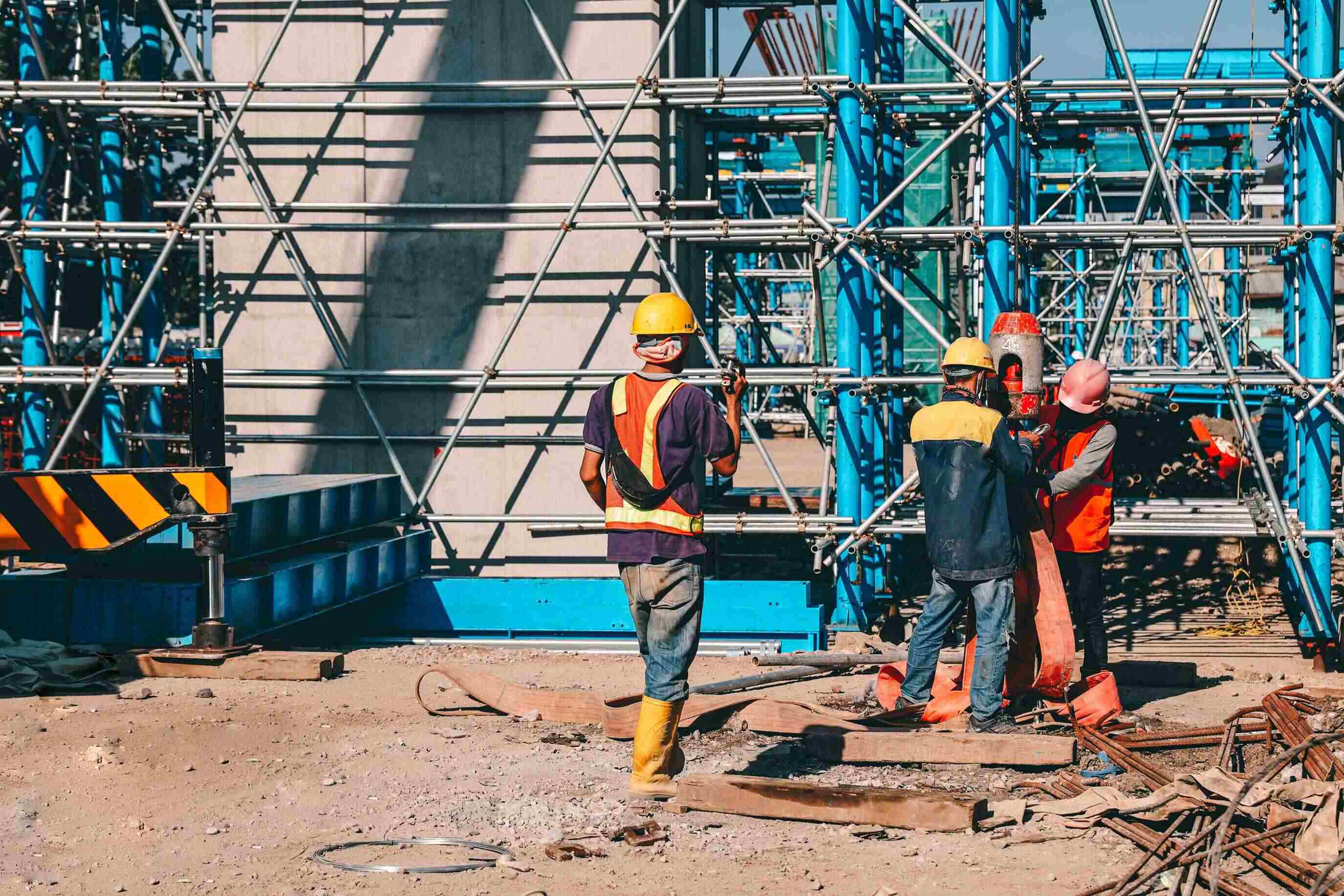The $1.2 trillion infrastructure spending package has been signed and approved into law by President Joe Biden which will result in upgrades to roads and bridges across America for years to come.
The drawback to the inflow of civil work is that, as we have seen with other industries undergoing labor shortages — such as construction and manufacturing — this only comes amid a dire need for workers.
The construction industry has been experiencing a skilled supply shortage for decades, but with demand surpassing the available workforce's capacity to meet it and that trend set to continue as housing production increases.
Changes in Wage
As more and more construction projects are put on hold due to the lack of workers, Joe Natarelli predicts that wages for these employees will increase significantly. He said he has already spoken with companies who have tried to secure labor from their current workforce or from outside of it in order to keep up with the workload coming their way.
Marcum, a construction industry analyst firm, shared with Construction Dive the breakdown of hourly wages for carpenters in 24 states.
With the U.S. Congress passing a big spending package, skilled workers will only become more valuable- not just today but also three months from now as well!
Turner and Townsend, director Tatenda Tazarurwa believes that wages in the U.S. are changing, but will also be spread out - usually skilled workers move to where work is found. This statement comes from beyond just infrastructure spending, more of an overall change in workforce as well as consumers moving around for economic opportunities like Nashville or Austin.
The goal of the infrastructure package is to create jobs that don't require a college education, Michelle Meisels, a principal in Deloitte Consulting's technology practice told Construction Dive. "It is expected to create increased demand for predominantly low-wage construction jobs and therefore drive up wages," Meisels said.
One way the bill is expected to increase earnings and conditions for workers is that it will likely tighten the labor markets in which contractors operate. The bill will also likely embed direct government wage mandates into its legislation, further tightening up the job market. "Contractors need to be cognizant of the fact that the new bill requires the vast majority of construction projects to pay prevailing wages based on an average of the pay scale for local construction work," Meisels said.
"The bill also includes stringent provisions that require all federal infrastructure projects to use construction materials largely manufactured in the U.S., which will increase the number of other types of jobs, and therefore, wages." He added.
"Significant" increase in wages
The Great Resignation has only made things more difficult for the construction industry. The mean workforce age in construction has climbed into the 40s as they struggle to recruit younger workers, Tazarurwa told Construction Dive.
Furthermore, Because of the pandemic restricting the ability of people to travel, there was a limited number of migrant workers.
On the other hand, Tazarurwa said that the shortage of skilled workforce has been there for decades, and it’ll take some time to get over, but due to this shortage, the employees are seeing their power increase. "No time in the past generation or past ages have employees had more power," Tazarurwa said.
The battle to reach the summit
Now the task for the contractors is to get more competitive and creative. Combined campaigns could have a better impact in the hiring process. Natarelli told Construction Dive that he’s spoken to clients who are already considering the idea of creating joint ventures. He explained that some companies can secure financing and bonding, but struggle with the labor.
However, this is a long road and a lot of work needs to be done.The Department of Labor (DOL) calculates that there will be almost 747,000 workers needed till 2026. Analysts prefer that the best way to fill out these jobs is strengthening the recruiting process.
"I see the industry really trying to reinvest back into this and reaching out to folks in high school to let them know there are careers here that are really good careers," he added.




